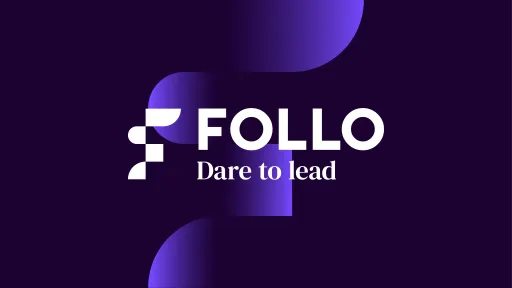Customer Lifetime Value (CLV), also known as lifetime customer value, is a statistical measurement that represents the total value a customer generates throughout their entire relationship with a company. It is a prediction of the profit a company can expect from an individual customer over the time they do business together.
How is Customer Lifetime Value used?
Customer Lifetime Value is calculated by multiplying the average revenue per purchase by the number of repeat purchases and the expected customer lifespan. This provides an estimate of the total value a customer will generate over their entire lifetime.
CLV is used to gain insight into the value of customer relationships and the profitability of individual customers. It enables companies to identify which customers provide the most value and to develop strategies to improve customer retention and satisfaction.
By analyzing CLV data, companies can target marketing efforts on customers with high CLV potential, offer personalized deals and experiences, and build long-term relationships that are profitable for both parties.
Why is Customer Lifetime Value important for Data Analysis?
Customer Lifetime Value plays an important role in Data Analysis for the following reasons:
1. Customer-focused decision-making: CLV provides companies with valuable information to make decisions based on the long-term value of customers. It helps prioritize resources, allocate budgets, and develop strategies aimed at maximizing customer lifetime value.
2. Customer retention and loyalty: By measuring and analyzing CLV, companies can gain insight into the factors that contribute to customer retention and loyalty. It enables them to take targeted actions to retain customers, increase their satisfaction, and enhance their value.
3. Optimization of marketing strategies: CLV data helps identify the most valuable customer segments and determine the most effective marketing channels and campaigns. This enables companies to focus their marketing efforts on the most profitable target audiences and maximize their ROI.
By using Customer Lifetime Value, companies can better understand and predict which customers will generate the most value. It allows them to focus their strategies on building valuable, long-term customer relationships and achieving sustainable growth and profitability.




